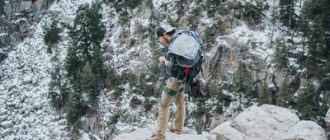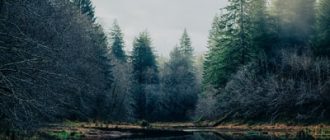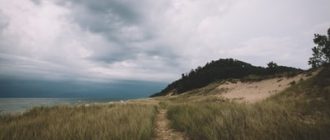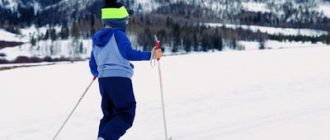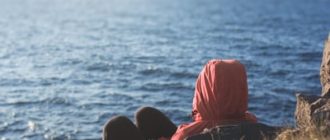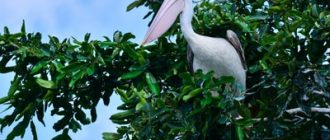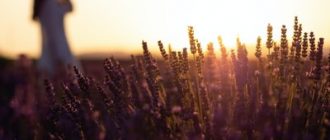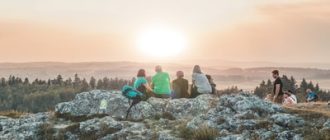
To this day, the name Lake Victoria evokes certain thoughts in the mind – thoughts of exploration, thoughts of discovery, thoughts of wonder and excitement upon seeing this vast body of water for the first time. In truth, there are certain pockets on the shores of Lake Victoria, and on islands in the lake itself, where little has changed since John Hanning Speke, the first European to clap eyes on the lake in 1858, gasped in amazement and declared the lake to be “much like a sea.”
Unfortunately for Speke, much of the lake was still a mystery to him, and he was unable to realize his discovery. It would be another century before another man would come close again – centuries more before the vessel named Hope would make another attempt to find water in the lake.
The beauty of Lake Victoria is that, despite its size, it is incredibly self-contained. Apart from the tides perhaps affected by the position of the moon, the lake contributes to the unique ecology of the area, supporting animal and plant species that have been particular favorites to humans. Many of the plants found around the lake are only found in the area or in nearby forests: a wonderful example is the chestnut-leaved tree. Another example is the ash trees that only grow in the region – they don’t grow anywhere else.
In spite of its attraction for humans, Lake Victoria is not without dangers. Swimming, fishing and boating are all popular activities in the lake, and boating in particular has always been a concern. According to reports, between 80 and 100 people are estimated to lose their lives every year while attempting to swim or sail in the lake. Preventing such drownings is something that the Lake Victoria National Park authorities take very seriously and have made numerous attempts to curb the increase in deaths.
Preventing drowning in the lake
While boating or swimming in the lake is a unique experience, it should be done wisely and in accordance with the safety procedures set by the park authorities. Only one body is believed to be able to save someone from drowning in the Lake Victoria, and that is the body of a person who has jumped into the water, North Island Regional Mayor Peter McDowell said. Therefore, a correct respect for the spot’s dangers should be instilled in those taking on Lake Victor adventures.
Those found floating in the lake should not be panic caused, according to experts. Those found on the shoreline should be approached by anyone, and specifically by children. Adults should make sure they are well aware of the lake’s dangers.
“The important message is for people to be extremely careful around the lake,” said Acting National Park Manager Mark Tighe. “In particular, people need to realize that they are in a protected national park, and that there will be other people who get in the way. We want everyone to be sensible.”
However, the most important precautions are likely to be taken by the swimmers, according to experts. Extra care needs to be taken when fitting the rucksack. It is the volume of water that makes the difference, and the history of the equipment is important to ensure that it is well maintained.
“The last thing you want is to put everything in your rucksack and hope that you haven’t forgotten anything,” said Victoria’s acting mayor. “It is important that people are very aware of the environment around them, and that includes the water.”
Indeed, the water surrounding the lake and its shoreline is a fragile environment. Spending time in nature is always a privilege, and taking the time not to exploit the privilege while in nature is something that should be done with care. Exploring nature should never be taken for granted, and the tools of the adventurers should be geared around preservation of the environment.
“We need to take care of the environment when we are in it,” said rookie Lake Victoria residentRhonda Goranson, a city-dwelling adventurer. “That’s why I started camping. I have a little club that is called the LakeVictoria Conservation Association. We have a website, and we are trying to get as many locals as possible to help us maintain the area. We have so many amazing sites, and it is such a wonderful way to get away from it all.”
Goranson, a mother of two, adventurer and conservationist has been visiting the lake for years. She swam in the middle of the lake once, but doesn’t anymore, preferring instead to take advantage of the numerous opportunities that Lake Victoria offers.
“I have to say that my favorite part of the whole trip is right before I get out,” she said. “Before I head out, I like to get a few hours of hiking in to the river, or to the ridge.

